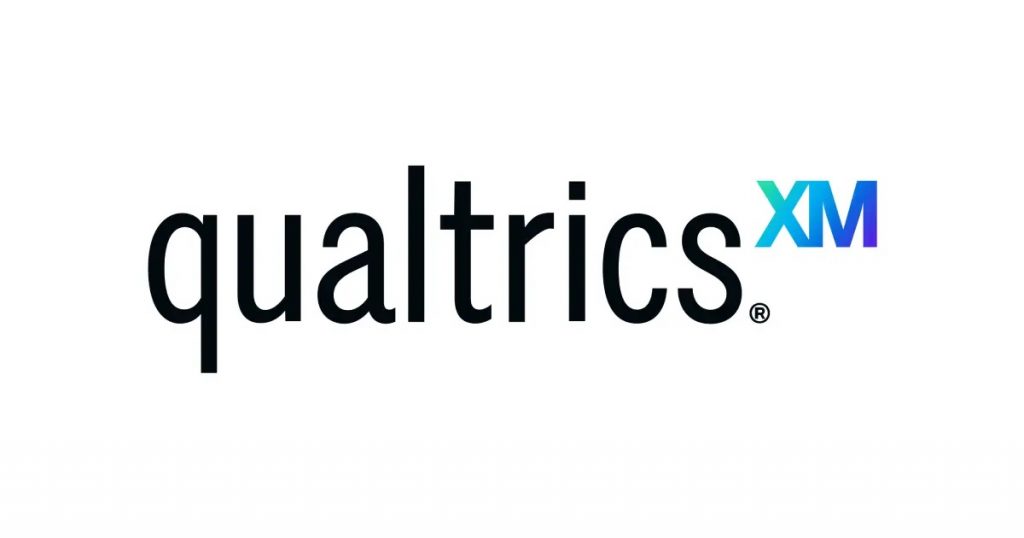The phrase “government modernization” can seem to lack urgency — until you consider how it impacts people.
That’s what Sydney Heimbrock, Chief Industry Advisor for Government at Qualtrics, thinks about when she sees broken interactions between people and their government’s services, and public sector employees who are overwhelmed by growing and constantly shifting demands. For Heimbrock, modernizing government is a continuous need — and existential for democracy.
“Just because you fixed yesterday’s problem, doesn’t mean you are ready for tomorrow,” Heimbrock said. “COVID forced every single human being on this planet to experience the implications of that. We had to turn on a dime and figure out how to do things that had not been done before.”
Iterating on that progress means employees co-creating policies and interactions with the diverse public that they serve. As the founding Executive Director of the Innovation Lab at the Office of Personnel Management, shehelped spread the power of human centered design across the federal workforce. Among the lessons learned that also governs how Heimbrock and her Qualtrics colleagues partner with agencies is the belief that the routines of action create culture.
“We give organizations insights from the public and the employees who serve on the front lines. These human voices inform those healthy routines of action that drive continuous improvement,” Heimbrock said.
Make a deliberate investment in listening.
“In the early days, we were using sticky notes to listen because we didn’t have the kinds of powerful experience management platforms that we see out in the market now,” she said. “It provided a similar effect but at a smaller scale.”
Heimbrock shared how the General Services Administration took this approach of active listening and was able to introduce tactical changes, such as adopting cloud-based email and collaboration tools, rethinking office spaces and telework, and launching programs to invest in employees’ innovative ideas. Over time, they modernized how people work and improved overall satisfaction with their services.
Use human centered language.
Agencies have to be mindful of the narrative that people believe about the nature of government work. They must be skilled at cutting through the noise and using language that speaks to the heart of what government does and why that work is critical.
“Government matters, and we have seen that very dramatically for the past two years,” Heimbrock said. “Not only is government’s ability to respond to crises the difference between people living and dying, but our government institutions are under attack.”
Agencies can’t afford to be stymied by bureaucratic entanglements and dated technologies, which are steep prices of not paying attention to modernization.
These are among the drivers that make the work Qualtrics does so vital. “We provide the infrastructure that is required to listen to people immediately, understand deeply the drivers of what they are saying and be equally as fast to visibly do something about it,” Heimbrock said.
Takeaway: A human-centered approach to modernization ensures you’re actively listening to those you serve and co-creating solutions that meet their needs.
This article is an excerpt from GovLoop’s guide “Turning Vision Into Reality: How Agencies Can Forever Improve.” Download the full guide here.






Leave a Reply
You must be logged in to post a comment.